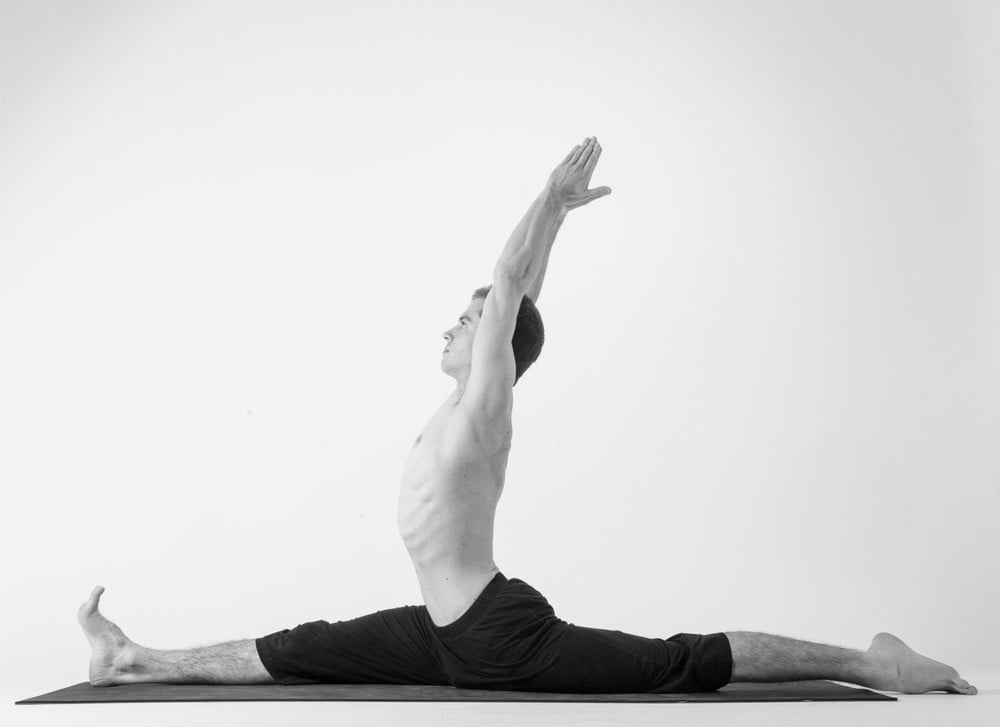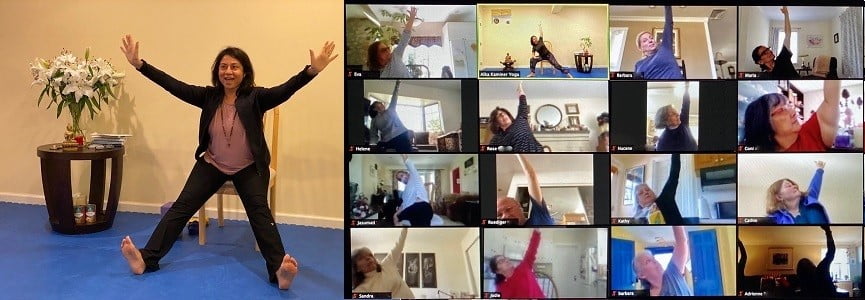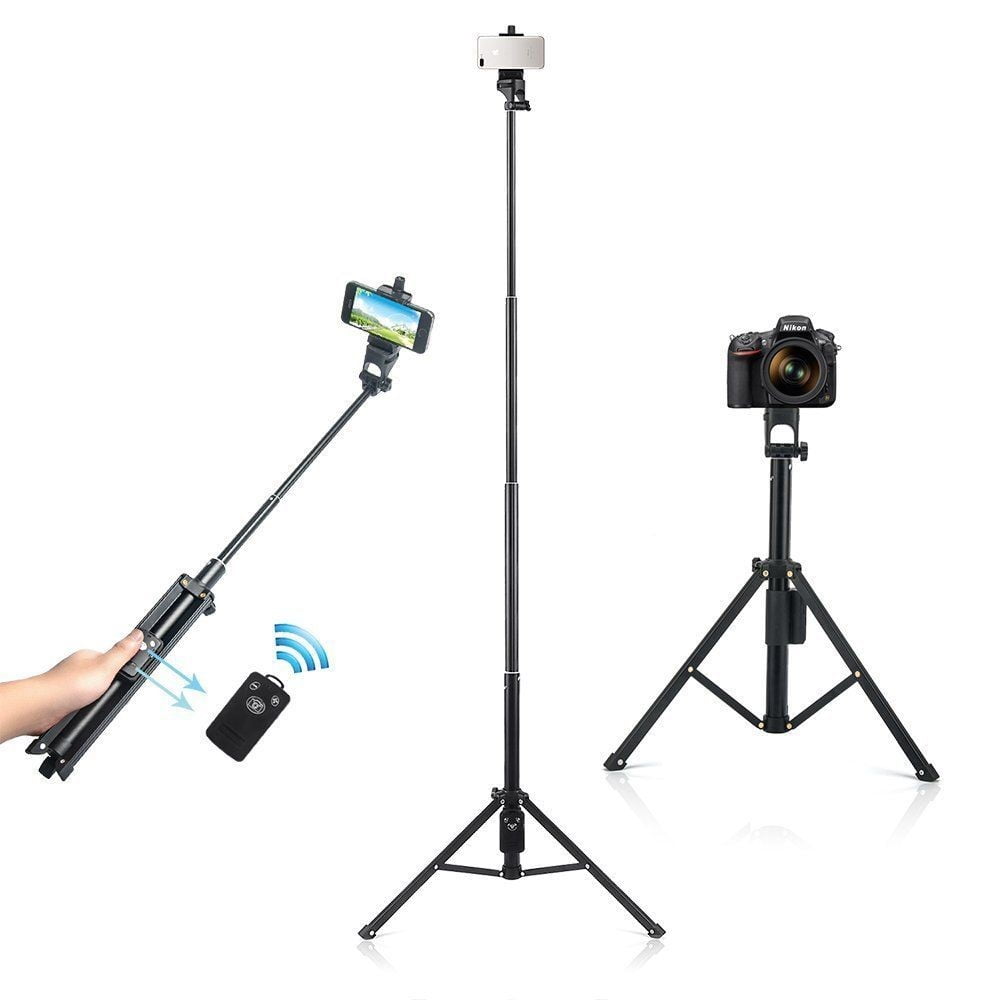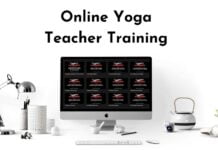There are five keys will cover to get you started to do online yoga lesson
You might want to favorite poses that you use a lot within your online yoga lesson plans, so you can access them quickly.
In this article, we’ll teach you the best way to teach yoga online by exploring the steps you need to take, and the equipment you’ll need. We’ll walk through common pitfalls, and cover strategies others have used to successfully digitize their studios. And the online yoga lesson planner
Choose Your Yoga Course Topic & Positioning
The first thing you need to do is decide exactly who and what you want to teach. This will help you create better quality and focused content, and focus your marketing efforts on prospective students.
For example, are you teaching yoga teachers? Are you teaching students? Or are you teaching children?
When deciding what kind of courses to create, consider whether you’re serving a beginner or advanced audience. You could craft a series of classes that start easy and get progressively more advanced to lead to your more advanced training.
A beginner class may have easier sequences like Downward Dog, while a more advanced class might have sequences like Hanumanasana or the Dragonfly Pose (Maksikanagasana).

You could also structure your classes based on the type of yoga (ie. Bikram vs Hatha), the type of student (ie children vs seniors), or the end benefit (flexibility and balance vs concentration and meditation).
Not sure what your unique angle is? A good place to start is by asking your existing students for feedback and doing a bit of research to identify gaps in the market, and opportunities to differentiate your offering.
Here are a few questions to ask to help you determine your course positioning:
- What does your ideal student look like?
- At what level of skill do you want to teach online?
- Which areas of expertise and skills set you apart from other yoga teachers?
If you are already teaching, make sure to ask your students what they enjoy most about your teaching style, or what challenges you’ve helped them overcome. Consider how that translates from teaching in-person to online.
Decide Your Course Format & Teaching Method
It’s important to plan out your curriculum before you start teaching online because this will determine how to record and produce your material.
Yoga teachers have several options when it comes to setting up their online yoga lessons. You may want to be more hands-off, with online classes that your students can take at their own pace. Or maybe you and your students enjoy the opportunity to engage in a live format.
Option 1: Self-serve yoga classes
This approach allows students to work through a series of pre-recorded classes/modules that your students can take on-demand.
The benefit of self-directed classes is that they can be a passive income source, meaning that once you’ve set up your classes, people can enroll and take the class with no intervention from you.
THERE IS NO PLAN B FOR PASSION
The challenge with self-serve online yoga lessons is that some of your students may enjoy the live interaction, the ability to ask questions, and the opportunity to get feedback. If you want to retain an element of live interaction, the next option may work best for you.
Option 2: A combination of self-directed and live classes
Many online yoga instructors have a combination that includes live and self-directed content.
Lizzie Lasater loves doing live courses because of the interaction and Q&A she can have with her students while they are learning. All of her courses are designed to be self-paced but include a live component, where they encourage people with special pricing and discounts to enroll in live classes for a period of time.

Some students enjoy following along with the lessons in real-time, while others prefer to work through pre-recorded lessons at their own pace.
You can do your online yoga lesson through zoom, which allows you to schedule and host live interactive video lessons directly using Zoom.
Option 3: Online yoga membership site
The all-encompassing option is to offer a yoga membership. With a membership model, students pay a monthly subscription fee in exchange for new content, mentorship, or live sessions from you every month.
Membership sites differ from standalone courses and live classes in a few key ways, including in the expectations of your students and what is required of you, the site owner.
Get Your Tools & Equipment For Teaching Online
Step 3 is to get your tools and equipment for teaching an online yoga lesson
In this section, we’ll cover the common tools that Yoga teachers use to run their online studios, including:
- Choosing an online course platform to host your content, and bill your students
- Setting up your recording studio to produce your content
- Deliver your online yoga lessons on autopilot. Once your classes are loaded into your course site, your students get access to them in the order you’ve arranged. So whether you’re offering a foundational series for beginners, or a sequence of lessons to help your students build advanced techniques, your students can easily access them on autopilot.
- Easily upload and update any materials. Want to re-record a video, audio sample, or update a yoga routine? You can drag and drop your materials around each course, to keep your lessons organized without disrupting the learning experience for your students.
- Full control and customization. Unlike marketplaces where you have no control over your course pricing or branding. And you’ll always have full access to any student information like emails or lesson progress.
- Simplified payments and communication. Any revenue you earn goes directly to you as the site owner. Integrates with popular payment processing tools like Paypal, Stripe, and Quaderno so you can automate payment and tax calculation when teaching students from different countries.

Setting up your recording studio:
- Finding Recording Space
- Setting up a DIY online yoga recording studio
- Camera set-up
- Invest in a microphone
- Plan your lighting set-up
- Recording your Yoga Videos
- Hosting & Billing for your content
Create Your First Online Yoga Lessons
Where do you start at mapping out your course content? Follow these next steps, and you’ll be on the right path!
- Create your course sales page
Key features of a Sales Page: A Compelling Headline, The Opening Story & Value Proposition, The Opening Story & Value Proposition, The Benefits, Bonuses, Testimonials, Credibility, Frequently Asked Questions (FAQs), Pricing, Risk Reversal. - Create your online yoga lesson outline
To create your outline, you’ll want to identify the following points: What stage your student is at before; What the student’s desired abilities and expectations are for taking your course. Once you have a rough outline down, it will be much easier to decide what to include in your course whether it’s pre-recorded videos, reading materials, or live workshops.
Market Your Online Yoga Studio
Last, but not least, we’ll cover online marketing strategies to help you grow your business and sell more courses.
- Master the yoga marketing funnel
- Polish up your website
- Use lead magnets to grow your email list
- Build a social media strategy
- Go Live & Build a presence on youtube
By reading this post, you’ve embarked upon a journey to share your love of yoga and your expertise with the world.
You’ve already started, even if you haven’t actually done any of the exercises yet. The only question is, are you going to finish? Or will you leave it unfinished and deprive the world of your expertise?
CLICK HERE For More Course Inclusions and Our June Main Event![]()



















































